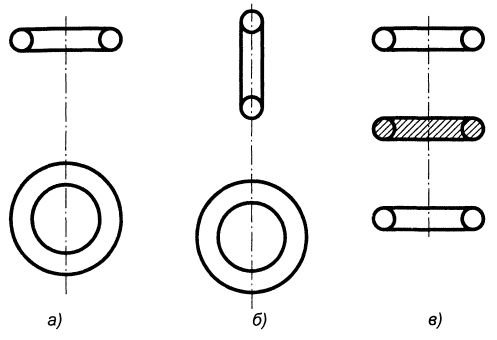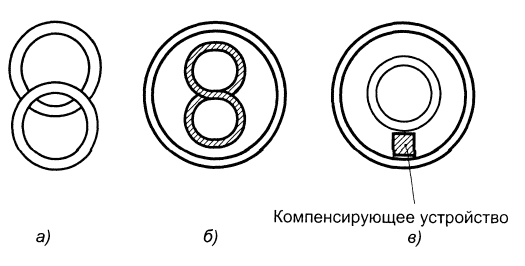The terms "transmit-receive" and "echoes" in the various search devices usually associated with methods such as pulse - echo and radar that is the source of misconceptions when it comes to metal detectors. In unlike various locators, metal detectors of the type in question as transmitted (radiated) and received (reflected) signals are continuous, they exist simultaneously and overlap in frequency.
The principle of operation of the detectors of type "transmit-receive" is reception of the signal reflected (or, as they say, pereizluchennykh) a metal object (target). The reflected signal occurs due to the impact on the target of the alternating magnetic field transmitting (radiating) coil of the metal detector. Thus, the device of this type implies the existence of at least two coils, one of which is transmitting, and the other, receiving.
The principal problem, which is solved in the detectors of this type, is to select the mutual arrangement of coils, wherein the magnetic field of the radiating coil in the absence of extraneous metal subjects induces zero signal in the receiving coil (or in the foster system coils). Thus, it is necessary to prevent immediate impact the emitting coil for reception. The occurrence near the coils of a metal target will lead to the appearance of a signal in the form of a variable electromotive force (EMF) in the receiving coil.
At first it may seem that in nature there are only two options mutual the location of the coils, at which there is direct transmission the signal from one coil to another (see Fig. 1, a and b) - coil perpendicular and intersecting axes.

Fig. 1. Options mutual arrangement of the sensor coils of the metal detector by the principle of "transmit-receive"
A more thorough study of the problem shows that such different systems sensors detectors can be arbitrarily many. But it is more complex systems with more than two coils, accordingly included electrically. For example, in Fig. 1, shows a system of one radiating (center) and two receiving coils connected in opposite signal, direct radiating coil. Thus, the signal at the output of the system foster coils ideally equal to zero, as induced in the coils EMF mutually compensated.
Of particular interest are sensors systems with coplanar coils (i.e. located in one plane). This is because with the help of metal detectors usually spend searching for items that are in the earth, and to bring the sensor on the minimum distance to the earth's surface is only possible if the coils are coplanar. In addition, such sensors are usually compact and fit well in a protective enclosure type "pancake" or "flying saucers".
The main options of the mutual arrangement of coplanar coils is shown in Fig. 2, a and b. In the circuit in Fig. 2, and the relative position of the coils is selected so as to the total flux of magnetic induction through the surface bounded receiver coil, is equal to zero. In the scheme of Fig. 2, b one of the coils (reception) twisted into form "g", so that the total EMF induced in half of turns of the receiver coil located in one wing of the "eight", compensates similar to the total EMF induced in the other wing of the group. Possible various other designs of transducers with coplanar coils, for example Fig. 2, E.

Fig. 2. Coplanar versions of the mutual arrangement of the coils of the metal detector by the principle of "transmit-receive"
Receiving coil is located inside the radiating. Induced in the receiving coil EMF is compensated by a special transformer device, which selects a part of signal radiating coil.
Author: A. I. Shchedrin






